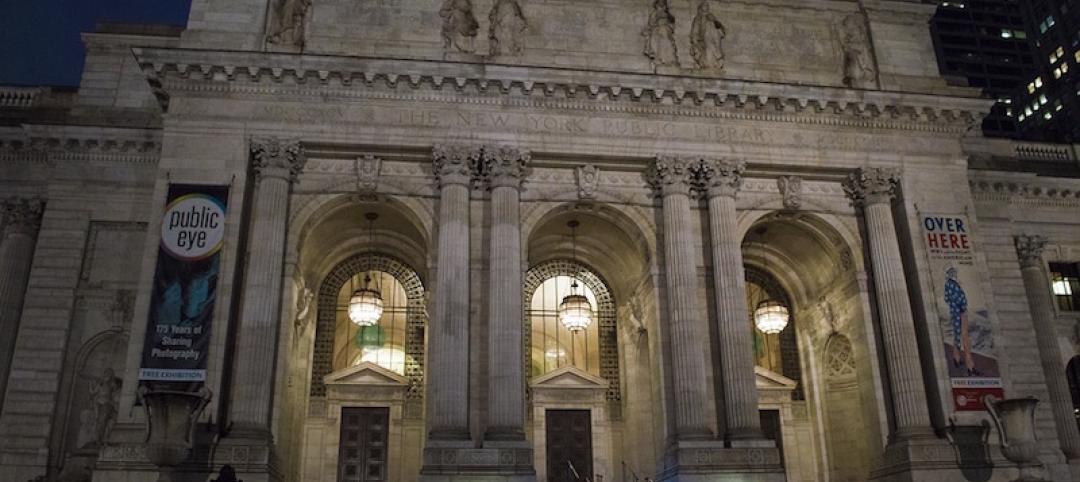The Passive House standard will become the base building code for commercial construction, and is having influence in the residential arena, according to some industry observers.
Critics have questioned whether Passive House makes sense on certain commercial and institutional applications such as multi-family and college housing. If occupants are not committed to saving energy, they argue, the benefits of the standard could be negated. If residents leave lights on and windows open, for example, the premium to build to the standard would not pay off.
Nevertheless, proponents say building with continuity in the thermal barrier makes a building more likely to prove its value in the long run. Furthermore, up to 30% of greenhouse gas emissions could be eliminated is Passive House standards are implemented widely.
One advocate said there is an average premium of about 5% in construction costs—a figure that is likely to decline. In a possible sign of things to come, Massachusetts has already included PHIUS+2015 standards as an alternative compliance path to prescriptive requirements in the 2015 International Energy Conservation Code. Other states are expected to follow suit.
Related Stories
Codes and Standards | May 9, 2017
Method of estimating amount of CO2 by building occupants may be inaccurate
New research suggests current estimates may be off by as much as 25%.
Codes and Standards | May 8, 2017
National Fenestration Rating Council’s new U-factor standard open for public comment
Member-approved ballot change to NFRC 100 comments to close on May 28.
Codes and Standards | May 4, 2017
Millennials’ views on sustainability could influence the workplace
Nine out of ten say it is important that they work for a company committed to sustainability.
Codes and Standards | May 3, 2017
New York State extends design-build authority
The legislation includes eight additional projects.
Codes and Standards | May 2, 2017
U.S. announces preliminary tariffs on Canadian softwood lumber
The rates range from 3% to 24% per producer.
Codes and Standards | Apr 28, 2017
New York man alleged to have posed as licensed architect faces possible prison time
He is charged with defrauding construction companies, business owners, and local governments.
Codes and Standards | Apr 27, 2017
Extensive list of plug load efficiency utility incentives available for free download
The Dept. of Energy resource is a state-by-state compilation with hundreds of listings.
Codes and Standards | Apr 26, 2017
Chicago commits to 100% renewable power for all city buildings
In doing so, it becomes largest U.S. city to make such a pledge.
Codes and Standards | Apr 25, 2017
Concerns over increased construction costs following Trump executive orders
‘Buy American’ requirement and revised H-1B visa restrictions could raise prices on supplies, labor.
Codes and Standards | Apr 24, 2017
‘Staggering delays, exorbitant costs’ in New York City library, cultural building construction
Study finds significant problems with how city manages capital projects.

















